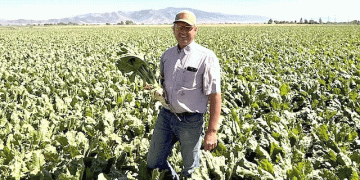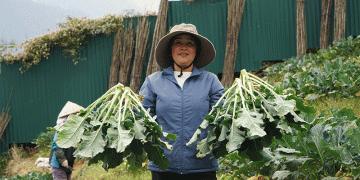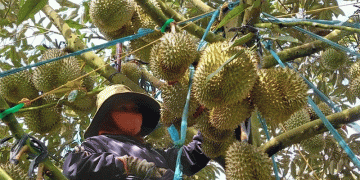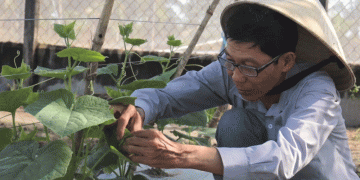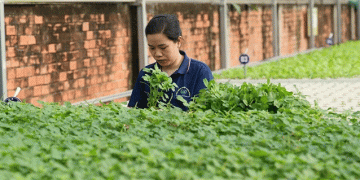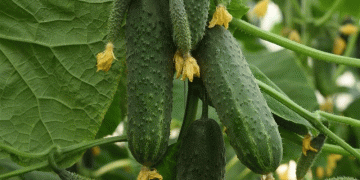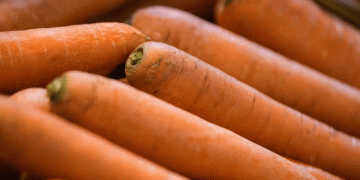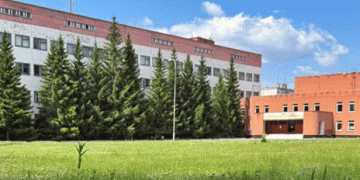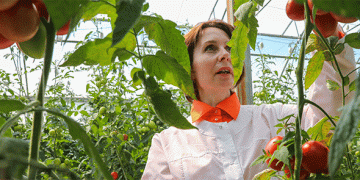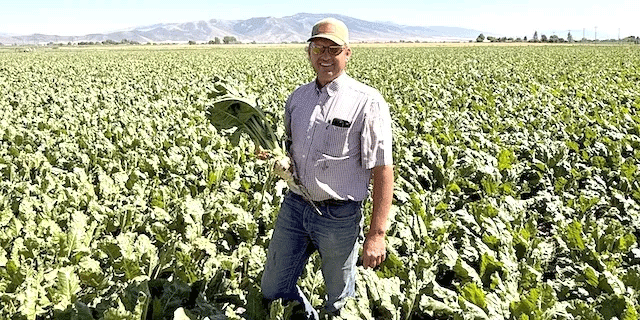Sugar beet growers across Idaho and eastern Oregon are reporting crops 10-14 days ahead of normal maturation schedules with exceptional yield potential for the 2024 season. According to Matt Wheeler, Director of Agriculture at Amalgamated Sugar, this year’s crop “potentially could be our highest-yield crop in cooperative history,” driven by ideal growing conditions, strong emergence, and minimal pest pressure. However, this optimistic outlook is tempered by emerging water management challenges that require careful irrigation strategy adjustments across the region.
Ideal Growing Conditions Drive Early Development
The exceptional crop development stems from nearly perfect thermal conditions throughout the growing season. Jordan Johns, an eastern Idaho grower, notes “we have had the right amount of heat units” combined with cool nights that “help the plants relax and recover.” This pattern of warm days and cool nights is ideal for sugar beet development, promoting both growth and sugar accumulation. The region experienced only 7.5% replant percentage—well below average—due to a mild spring that enabled excellent stand establishment.
The advanced maturation schedule means harvest will begin approximately September 8 in southern Idaho’s Magic Valley and September 22 in the Treasure Valley of southwest Idaho and southeast Oregon. This early harvest provides some buffer against potential early frost events and reduces the crop’s water requirements during the critical late-summer period.
Water Management Becomes Critical Factor
Despite the optimistic yield outlook, water availability has emerged as a concern. Samantha Parrott, Executive Director of the Snake River Sugarbeet Growers Association, notes that while water supply looked favorable initially, “ongoing dry conditions have shifted the tone.” Many irrigation districts have shifted from streamflow to reservoir storage approximately two weeks earlier than normal, requiring growers to implement careful water management strategies.
Growers are responding with adaptive approaches:
- Strategic Crop Prioritization: Many wheat fields were harvested early to conserve water for root crops
- Efficient Irrigation Practices: Growers like Johns have reduced water usage in recent years, allowing plants to develop deeper root systems and better access soil moisture
- Vine-Killing Adjustments: Potato crops are being vine-killed earlier than normal to reallocate water resources
Yield Projections and Economic Impact
The combination of ideal growing conditions and advanced management practices has created exceptional yield potential. Amalgamated Sugar, with over 700 grower-owners and 178,050 contracted acres, anticipates a harvest that will “benefit its growers and the region’s agricultural economy significantly.” The cooperative’s three processing plants in southern Idaho are preparing for early receiving and processing.
The advanced maturity also provides some protection against yield-reducing factors. As Chris Payne, an Ontario, Oregon grower notes, “This cooler weather we’ve had off and on definitely has been helping,” contrasting with the stress that occurs with sustained 100-degree temperatures that “take a toll on these crops, especially beets.”
The 2024 sugar beet crop in the Pacific Northwest demonstrates how optimal growing conditions—particularly favorable temperature patterns—can create record yield potential even as water availability becomes increasingly variable. The region’s growers have leveraged advanced agronomic practices and flexible water management to capitalize on ideal thermal conditions while adapting to earlier-than-normal irrigation shifts. The crop’s accelerated development provides both opportunities (reduced frost risk, lower late-season water needs) and challenges (coordinated harvest scheduling, processing plant logistics). For the agricultural community, this season highlights the importance of adaptive management and the potential benefits of slightly warmer springs coupled with moderate summer temperatures for sugar beet production. The ultimate yield realization will depend on continued careful water management through the remaining growing season, but current indicators suggest an exceptional harvest for Amalgamated Sugar’s grower-owners.
